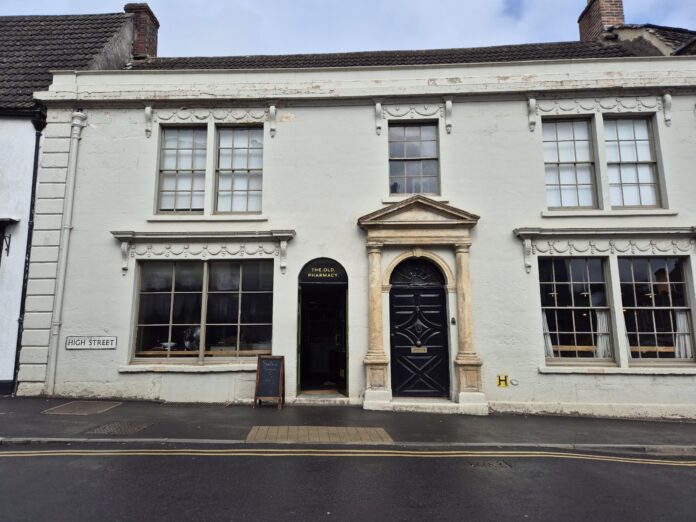On the colder, shorter days that naturally arrive during autumn and winter, keeping little ones active can be a tough task. Activity levels tend to drop during the colder months, as children gravitate towards the warmth and comfort of inside, most often on the sofa.
But it’s essential to keep the little ones active and outdoors, even when temperatures drop and light dims. Scientific studies consistently conclude that we should all be getting outside more during the colder months, as it’s a time when Vitamin D is more valuable than ever.
What’s more, there are proven links between outdoor activity and brain development in kids. But if you’re a parent, you’ll know that winter can represent a bit of a struggle to get the little ones up, out of the house and active. Why not make the garden impossible to resist by constructing a playground out there?
The benefits are endless. The encouraging of unstructured play helps children foster inquisitiveness, curiosity and boundary setting, and they’ll get a good dose of exercise to boot. But that’s not all; having a playground in your garden will help nurture sociability between your children and others…what’s not to love?
With that in mind, here’s how to make a playground in your back garden.
The Right Equipment
When it comes to what sets apart a good playground from a great one, it’s undoubtedly the playground equipment.
A great playground should of course include a swing, slide and have climbing options. Mud kitchens which encourage creative and sensory play are a great addition to any home playground. Not only should you remember that children’s tastes change as they grow, but you’ve also got to make sure that the equipment is big enough for your kids as they grow.

Create Different Zones
As you’re creating your playground, consider how you can accommodate different types of play. One of the easiest ways to do this is through zoning your playground.
Unlike most areas in your home, your garden offers plenty of freedom to be creative and adventurous, allowing you to experiment.
One of the easiest ways of zoning areas in your playground area is to create new and contrasting levels, utilising the vertical instead of the horizontal. This is especially true if you have a smaller garden that you want to maximise space in, as building upwards rather than out won’t impact on those valuable square metres at ground level. A climbing frame, ideally with several tiers, is ideal here, particularly for those with limited garden space.
If layers and levels aren’t really your thing, you can take zoning more literally with a range of different materials to create separate, distinct areas in one all-encompassing space…
Concrete zone
Concrete is an essential zone in a playground garden, as it allows for plenty of creative games to be played, simply by marking them out in chalk. Think hopscotch, bullseye, alphabet hop and 4 square, for instance.
Go a step further and use thermoplastic playground markings, which can provide an engaging and creative outlet for children during outdoor play, since you can get more intricate with your game design than you would with a stick of chalk.
Woodchip zone
Wood chips are a popular choice for playgrounds as they have good shock absorbency, helping prevent injuries when falls inevitably occur. When it comes to choosing the right wood chips, engineered wood fibre (EWF) is the best – it’s easy to install and has a natural look.
Sandpit zone
For little ones, sandpits represent a whole world of possibilities! And the best thing? These zones are super easy to introduce to your garden, as pits can be portable.
Greenzone
Be sure to keep a green space in your playground garden, replete with plants and where wildlife can thrive. Doing so will help your kids learn about wildlife and the environment.
Growing a plant from scratch is a great way to teach your child to be nature loving. Watering and taking care of the plant until it is fully grown will prove very satisfying for both of you, and could even teach kids how to grow their own food in the future. What’s more, it fosters an understanding of the seasons and the passing of time, which is valuable for teaching many life lessons later down the line.
Whatever the size of your garden, it has the potential to help the environment. Consider planting some flowers for bees or making a hedgehog hotel; both great ways to foster an environmentally conscious attitude in your children.
Playground Games Galore
Whether your kids are at early years foundation stage level or are looking forward to secondary school, thermoplastic playground markings are an excellent addition to any playground garden.
They come in a variety of captivating designs, all of which will encourage movement and activity to help young ones achieve their recommended 60 minutes of physical activity a day. From hopscotch to mazes, targets to trails; there are a plethora of designs to choose from and depending on the age of the children who’ll be utilising them, you can pick the perfect option to suit.
Themes
A theme can help the playground be educational and informative rather than just the arena for a tear up. For inspiration, look at some of the most popular playgrounds around the world.
The Diana Memorial playground, for instance, was inspired by Peter Pan and his ‘forever young’ spirit. The park includes teepees, trees, forts and a pirate ship in the middle of the playground, all of which could inspire your playground garden’s theme.
Or, Toyko’s Nishi Rokugo park, which repurposes rubber tyres as playthings, is a wonderful way to educate the little ones about recycling. Think swings and slides made out of tyres – fantastic! Nishi Rokugo even has a giant Godzilla made out of tyres to keep watch over the park. A step too far for the domestic setting? We don’t think so.





